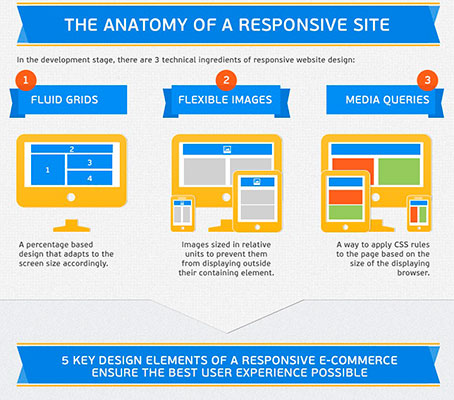Fascinated In Finding Out Just How Website Style Has Developed Throughout The Years? Explore The Trip From Straightforward Designs To User-Centered Methods
Fascinated In Finding Out Just How Website Style Has Developed Throughout The Years? Explore The Trip From Straightforward Designs To User-Centered Methods
Blog Article
Material Composed By-Pappas Hyldgaard
In the past, internet sites were basic and focused on information. Navigating was direct, and style was for desktops. Now, user experience is key. Information guides layouts for simple navigating. Receptive formats suit various devices. Today, dark mode decreases strain, and minimalist menus boost navigation. Interactive attributes engage customers, and bold visuals stick out. AI combination enhances engagement. See how style has actually evolved to improve your online trip.
Early Days of Web Design
In the very early days of web design, simplicity reigned supreme. Sites were fundamental, with restricted shades, typefaces, and layouts. The focus was on providing details instead of showy visuals. Individuals accessed the internet via slow-moving dial-up links, so rate and functionality were vital.
Navigating menus were straightforward, typically situated at the top or side of the web page. Internet sites were created for desktop, as mobile surfing wasn't yet prevalent. Web content was king, and developers focused on simple readability over intricate style elements.
HTML was the main coding language utilized, and designers had to function within its restrictions. Computer animations and interactive features were marginal contrasted to today's criteria. Internet sites were fixed, with little dynamic content or individualized individual experiences.
Increase of User-Focused Style
With the advancement of website style, a shift in the direction of user-focused style concepts has actually become progressively famous. Today, creating internet sites that focus on individual experience is crucial for involving site visitors and achieving organization objectives. User-focused design includes comprehending the demands, choices, and behaviors of your target audience to tailor the site's format, web content, and features accordingly.
Designers now conduct thorough research, such as user studies and usability testing, to collect insights and responses directly from users. This data-driven approach aids in developing instinctive navigation, clear calls-to-action, and aesthetically appealing user interfaces that resonate with site visitors. By placing the user at the center of the style process, websites can deliver a much more personalized and pleasurable experience.
Receptive layout has also emerged as an essential aspect of user-focused style, guaranteeing that internet sites are optimized for various gadgets and display sizes. This adaptability boosts availability and use, satisfying the diverse ways individuals engage with sites today. Basically, the surge of user-focused design symbolizes a shift in the direction of creating electronic experiences that prioritize the demands and assumptions of completion customer.
Modern Trends in Website Design
Explore the current fads forming web design today. One noticeable trend is dark mode style, providing a sleek and modern-day look while minimizing eye strain in low-light settings. One more essential trend is minimal navigating, streamlining menus and improving individual experience by concentrating on essential elements. Incorporating micro-interactions, such as computer animated switches or scrolling results, can create a more engaging and interactive web site. Responsive style stays important, making certain smooth individual experiences throughout various gadgets. Furthermore, utilizing vibrant typography and unbalanced layouts can add aesthetic interest and draw attention to specific content.
Incorporating AI innovation, like chatbots for customer assistance or customized recommendations, enhances user interaction and enhances processes. related website has likewise come to be a substantial pattern, with designers prioritizing comprehensive style methods to deal with varied user requirements. Accepting sustainability by maximizing site performance for rate and performance is another arising trend in website design. Working together with user comments and data analytics to iterate and boost design continually is necessary for staying relevant in the ever-evolving electronic landscape. By accepting these contemporary trends, you can develop a visually attractive, easy to use website that reverberates with your audience.
Final thought
As you reflect on the evolution of site design from the very early days to now, you can see just how user-focused layout has actually ended up being the driving force behind modern-day trends.
Welcome the journey of adjustment and adaptation in website design, constantly keeping the individual experience at the leading edge.
Tippingpointdigital
Keep present with the latest trends and modern technologies, and never ever quit advancing your strategy to develop aesthetically stunning and straightforward web sites.
Evolve, adapt, and develop - the future of website design remains in your hands.
